Plants and trees can be identified by the different kinds of leaves and their pattern of arrangement on the stem.
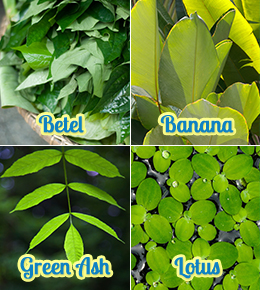
A leaf can be defined as a plant-organ above the ground. A typical leaf is laminar and thin and the main function of the leaves is
photosynthesis. A leaf cell contains chloroplast that is exposed to light to initiate the process of photosynthesis.
Other important functions include storage of food and water. However, in some plants the functions of the leaves are modified for certain other purposes. A few of the leaf types are vegetables included in the human diet. Below is a simple classification of leaves based upon their shapes.
Click on each image to enlarge for a closer, more detailed look.
Different Types of Leaves
Leaves are the power-stations of any plant or tree. This is where all the food material is converted into energy for the plant. This is where photosynthesis occurs. In essence, the shape, size and various other physical attributes of a leaf depends upon the kind of environment and climate a plant or tree grows in. This is the reason why trees growing in arid regions often have tough, very thin or spiky leaves to prevent the loss of moisture from their surface. All leaves can be broadly classified as either simple leaves or compound leaves. A Simple Leaf has only a single leaf blade on its stalk. The stalk of a simple leaf is attached to the plant body. There is a scar left on the plant body when a stalk is removed from it. A Compound Leaf is actually a leaf stalk that has more than one leaf blade on it. The multiple leaf blades are known as leaflets. The leaflets together make a single leaf that is attached to a single stalk. Like a simple leaf, the stalk of a compound leaf is also attached to the plant body and it leaves a scar mark on the plant body when it is removed from the stem.
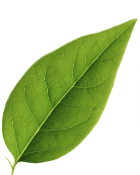
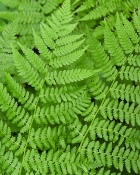
Apart from these two broad classifications, leaves can be classified into various categories based upon various other attributes. However, the most popular attribute for classification is shape. The following list enumerates the different kinds of leaves classified according to their shapes.
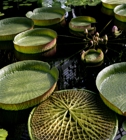
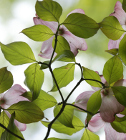
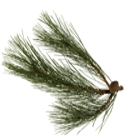
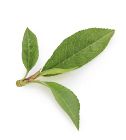
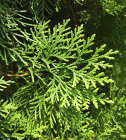
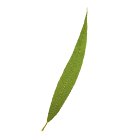
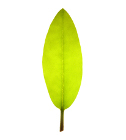
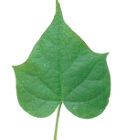 Broad and Flat Leaves
Broad and Flat Leaves
A broad and flat leaf is usually a seasonal leaf. A broad leaf is green during spring. By the end of summer, the color of broad leaves changes and the plants and trees drop them. Leaves of lotus and water-lily plants are good examples of flat and broad leaves.
Ovate Leaf
An ovate leaf is oval in shape. The middle of the leaf is the broadest. An example of an ovate leaf is flowering dogwood.
Needle and Scale Leaves
This kind of leaves are found in "evergreen" trees. The "evergreen" trees hold these leaves throughout winter. The lengths of this needle-like leaves vary in lengths. The needles grow either singly or in bundles. Most of the needles are narrow and pointed. Scale leaves are often short and flat, and lie close to the plant stem.
Lanceolate Leaf
The length of a lanceolate leaf is greater than its width. A leaf of this kind has the shape of a lance - broad at the base and narrow towards the apex. An example of this leaf type is green ash.
Oblong Leaf
An oblong leaf has parallel sides. The leaf has a rectangular shape with rounded corners. An example of this kind of leaf is willow.
Linear Leaves
These leaves are usually broad and long. However, they are broader than they are longer and they usually don't have any points or sharp angles to their contours. Banana leaf is an excellent example of a linear kind of leaf.
Cordate Leaves
These leaves have a very pronounced heart-shaped contour with their base extending sharply inwards to form a prominent notch from where the stem extends. Betel leaf is a good example of a cordate-shaped leaf.
As you can see, classification by shape is one of the best and simplest ways to categorize leaves. You can identify the category of a tree by checking out their leaf type. For instance, if the leaves grow on the opposite sides of a twig, there is a possibility of the tree being a dogwood or a maple tree. Also, leaves that are narrower and grow closer to the stem and each other are designed to hold in moisture and are, as such, indicative of evergreen trees as these types of leaves do not wilt or shed even during the fall and winter months.






 A leaf can be defined as a plant-organ above the ground. A typical leaf is laminar and thin and the main function of the leaves is photosynthesis. A leaf cell contains chloroplast that is exposed to light to initiate the process of photosynthesis.
A leaf can be defined as a plant-organ above the ground. A typical leaf is laminar and thin and the main function of the leaves is photosynthesis. A leaf cell contains chloroplast that is exposed to light to initiate the process of photosynthesis.








